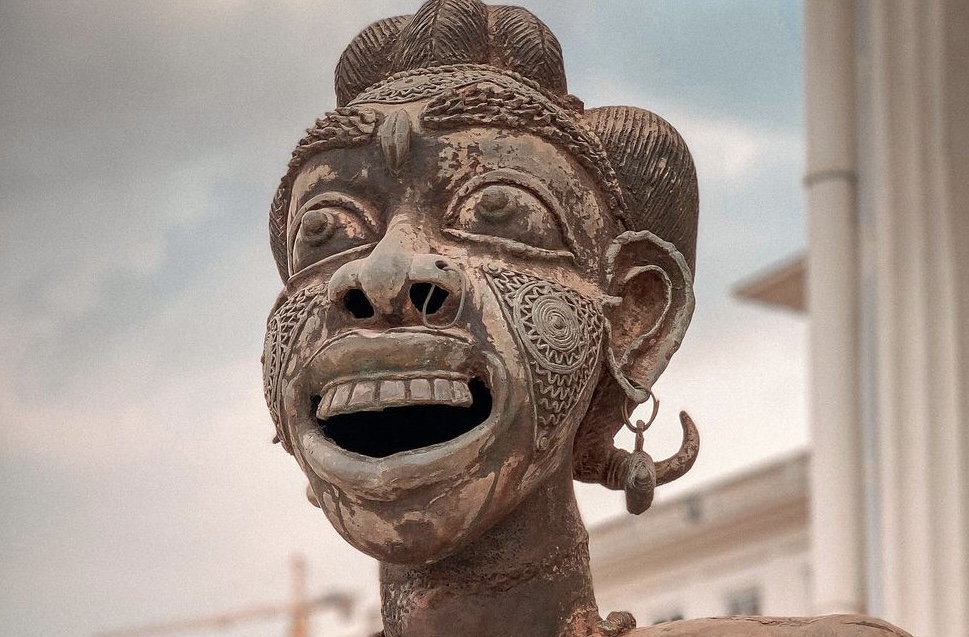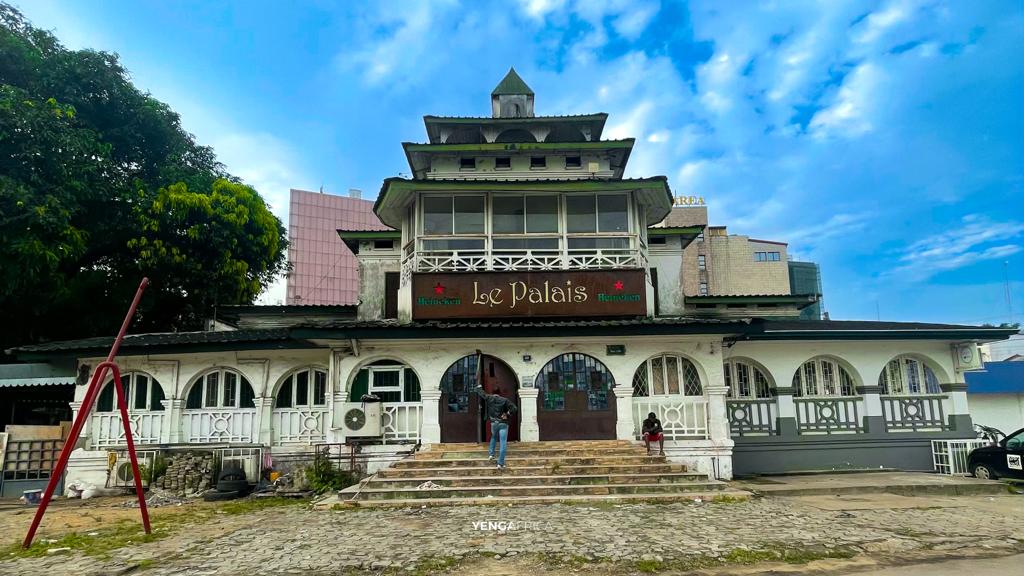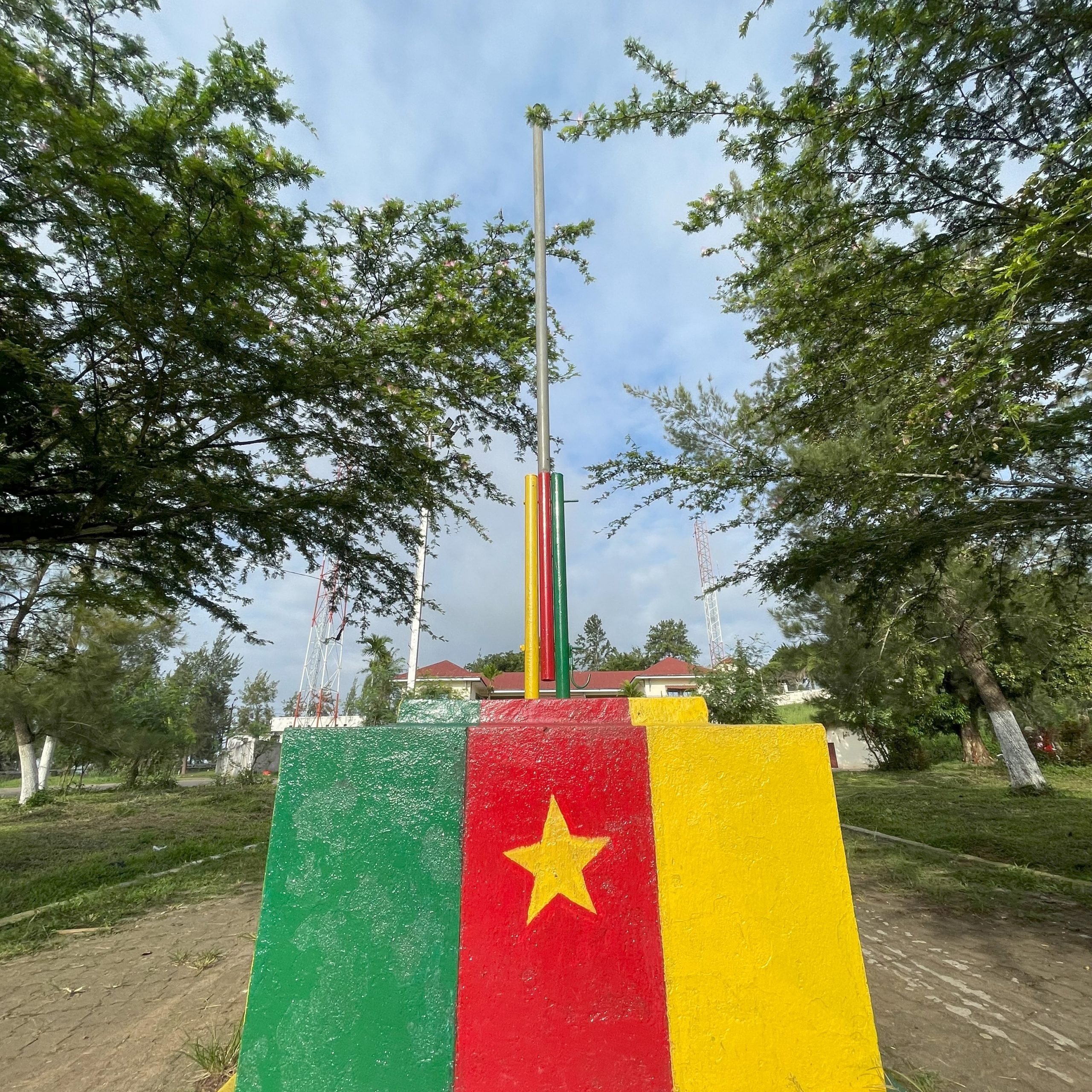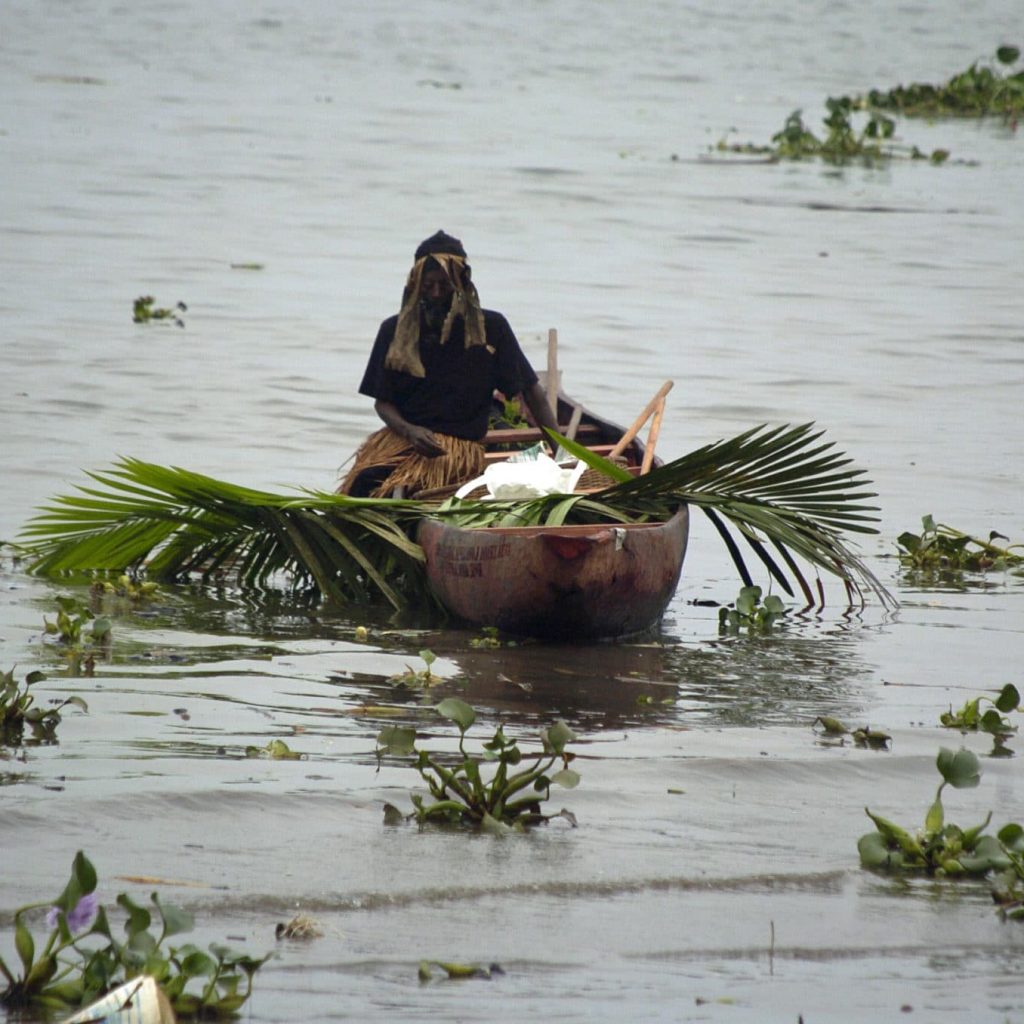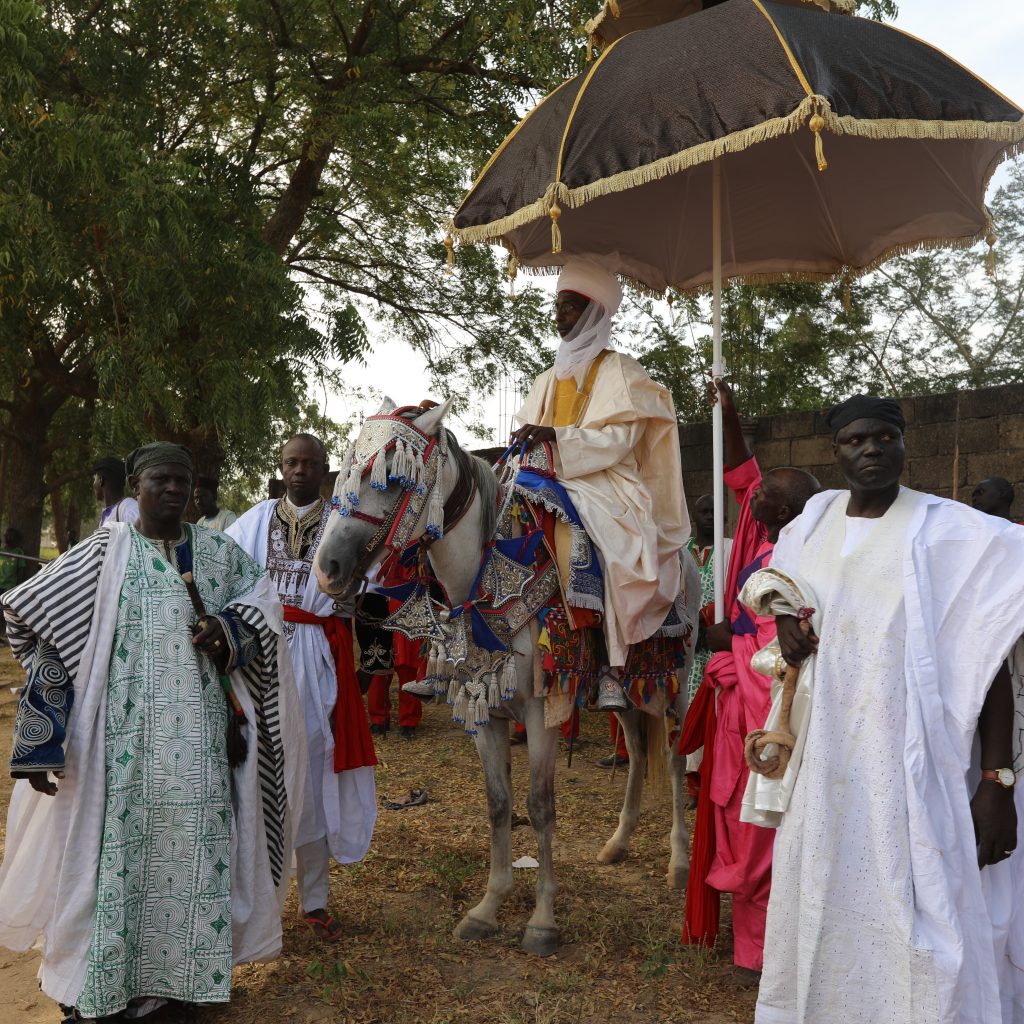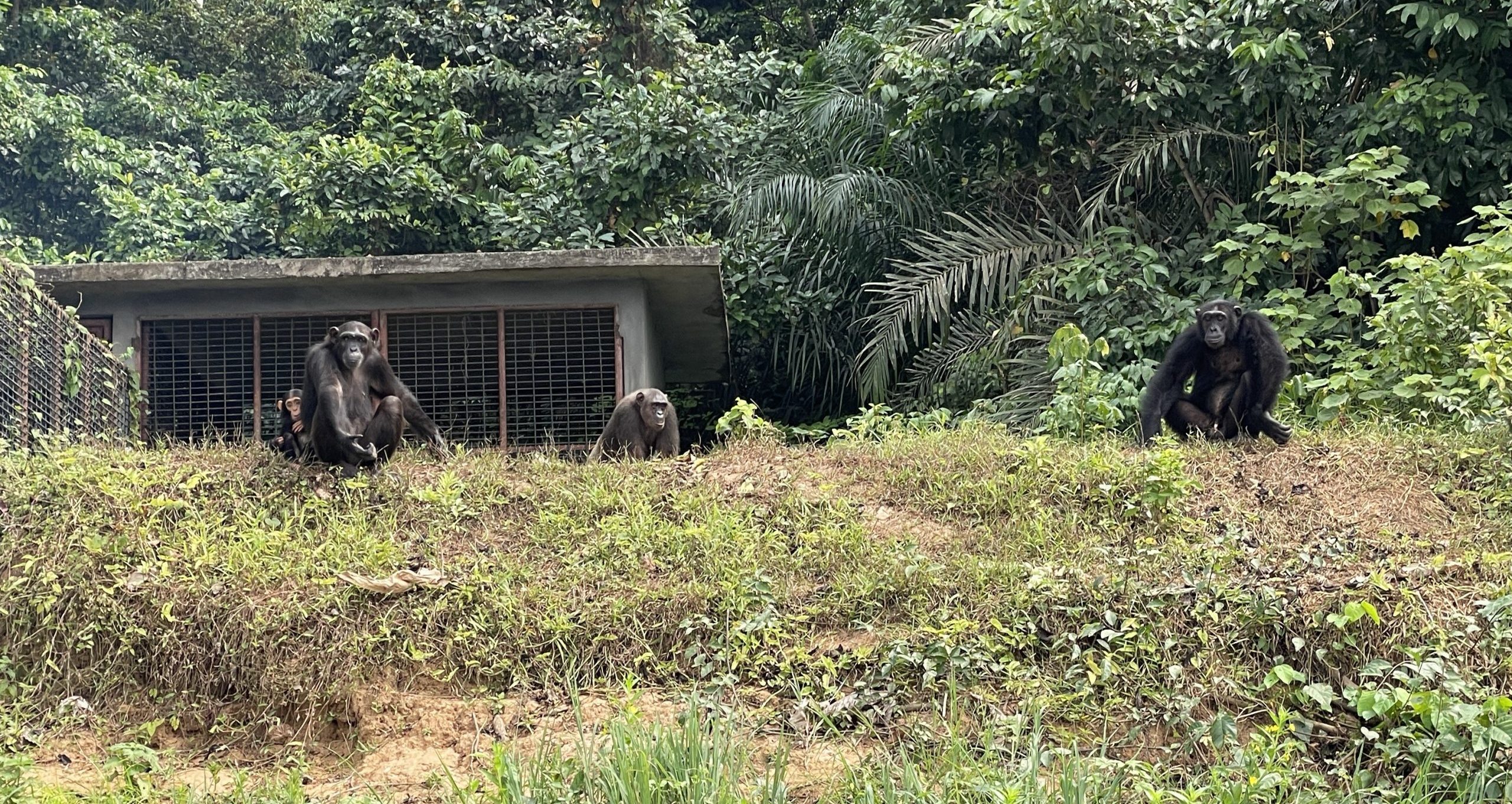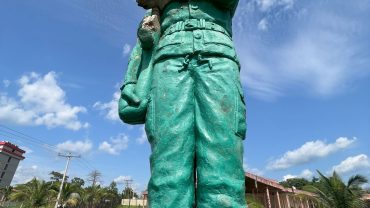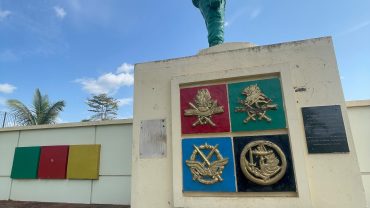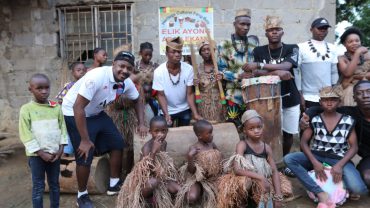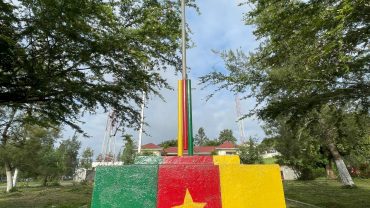Drenched in an abundance of indigenous customs, Cameroon serves as a vivid canvas of diverse cultures, manifesting in its traditional architecture, scrumptious local cuisine, folk dances, craftwork, festivals, and a societal structure deeply rooted in ancestral principles. The nation is segregated into four principal cultural territories, namely the Fang-Béti domain, the Soudano-Sahelian expanse, the coastal strip, and the Grassland. Each cultural cluster is a unique amalgam of distinct traditions, culinary art, customary rituals, celebrations, and folk gatherings, promising a distinct and memorable societal encounter.
Delving into the Fang-Béti Community
Predominantly inhabiting the South-Cameroonian tropical forest and other parts of Africa, the Fang-Béti, a Bantu ethnic conglomerate, is a collection of over 20 distinctive tribes governed by a traditional chieftain. The chieftain’s role is deemed supreme, and decisions are typically based on consensus. The Fang-Béti lineage remains veiled in mystery, but their customs are intricately woven around mythological narratives, fables, folklore, along with an inherent talent for artistic and musical interpretations. They are also recognised for their vibrant cultural annual events and festivities, encompassing dance, theatre, music, painting, and much more.
Discover the Grassfield Societies
The Grassland, hosting the Bamiléké and Bamenda societies, is mainly located in the Western and North-Western vicinities of Cameroon. Characterised by mountainous terrains and frequent rainfall, accompanied by consistent cool temperatures, this cultural sector is noted for its unique artefacts and museums. Prominent museums include those in Foumban, illustrating the Bamoun people’s history, along with those in Bafoussam, Bandjoun, Bafut, and Bali. This region is also acclaimed for its grand performances and captivating celebrations, including the Nguon Festival in Foumban, the Nyang Nyang Festival in Bafoussam, the Ngou Nguong Festival in Baleng, and the traditional Kaing ceremonies in Baham. This area is also famous for its beautiful traditional attire and dances.
Meet the Coastal Communities
The coastal domain, home to the Sawa peoples (the water peoples), forms part of the larger Bantu group. Predominantly found in the Littoral region and other African territories, the Sawa societies share a rich historical lineage deeply entrenched in ancestral values. They are organised into communities scattered across large metropolises and small hamlets.
The Ngondo Festival, an annual Sawa traditional gathering, takes place during the first week of December along the banks of the Wouri River. This spectacular event, featuring traditional dances and songs, aims to unite the Sawa community of Cameroon and invoke the protection of their water-dwelling forebears. Open to all, the Ngondo Festival is a must-visit spectacle. Other yearly festivals in the region include the Mpo’o Festival in Edéa and the Mboo Festival near Nkongsamba.
Experience the Soudano-Sahelian Societies
Predominantly residing in Northern Cameroon, the Soudano-Sahelian peoples are recognised for their resilient traditional societies, arranged into lamidats, sultanates, and chiefdoms. This social structure harmoniously coexists with local administration. The convergence of religions—traditional, Christian, and Muslim—has cultivated a multicultural and tolerant society. Artistic expression permeates their handicrafts, cultural ceremonies, and music. An array of festivals are held annually in the region’s principal cities, particularly during the tourist season from November to May, offering ideal entertainment opportunities. Additional
